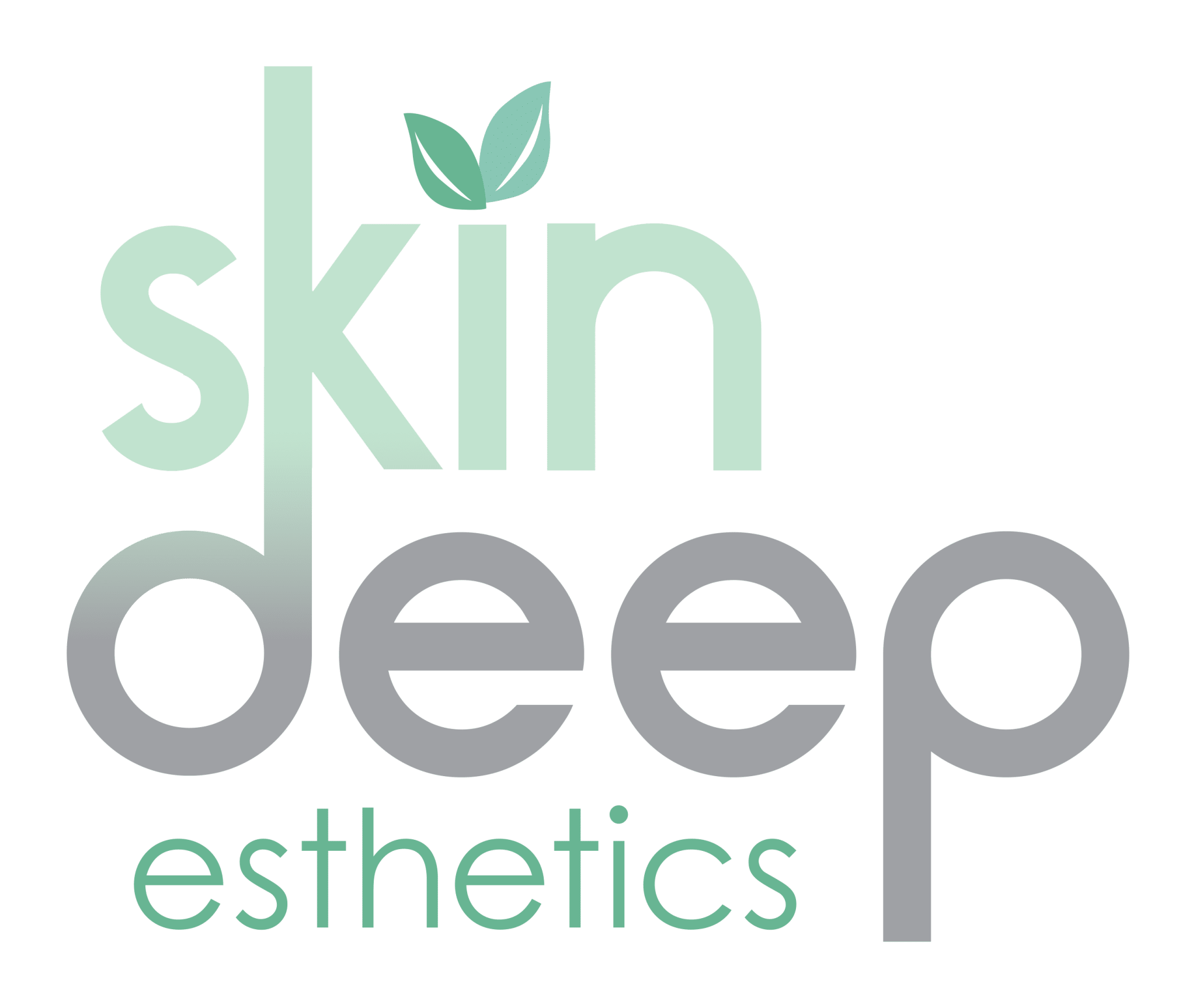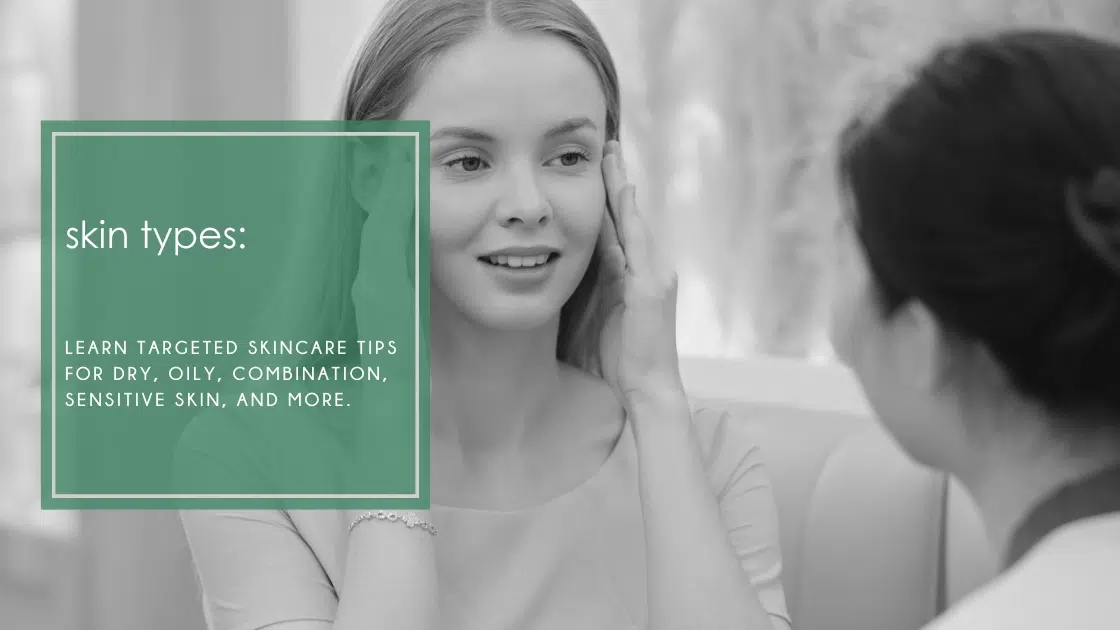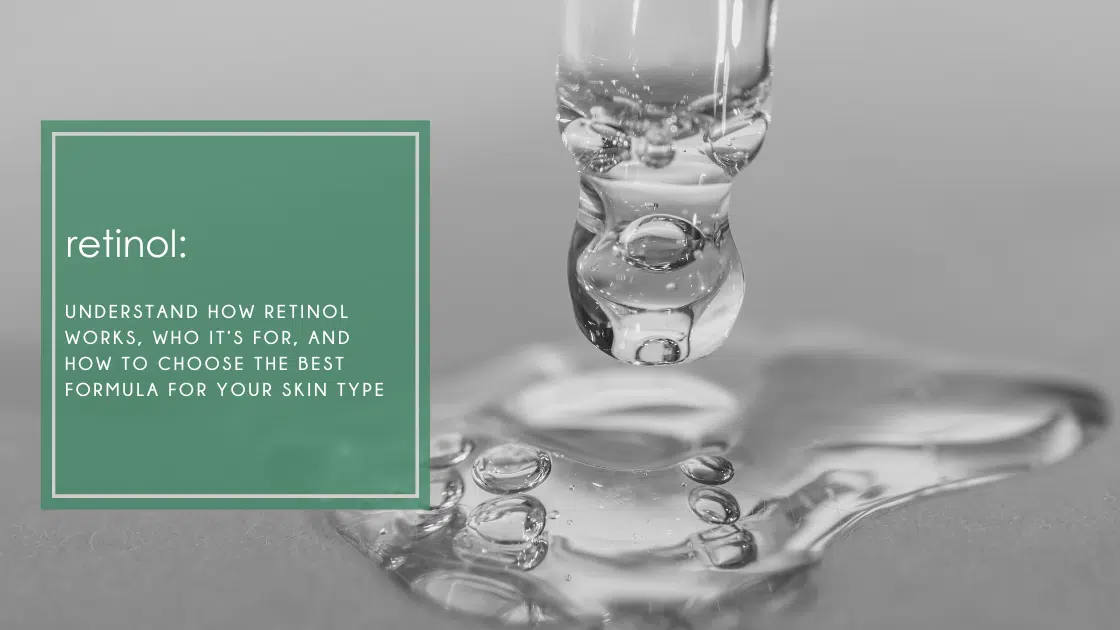Exosomes: The Future of Skincare
How Exosomes Are Changing the Beauty Industry
Exosomes are tiny vesicles released by the cells to act as messengers carrying proteins, lipids, and genetic material to other cells. Today, we are talking about how you can incorporate them into your facial routine, who can benefit the most, and why they are becoming a skincare trend. Let’s get started!
What Are Exosomes and How Do They Work in Skincare?
Critical to intercellular communication. First discovered in the 1980s, exosomes were once thought to be cellular waste. However, scientists later found that exosomes play a vital role in cell immunity and communication. According to PubMed, “In the 1990s, it was discovered that exosomes play a vital role in intercellular communication and immune function, as they express characteristics of the cell of origin, acting as paracrine molecules that interact with the extracellular matrix (ECM) and adjacent cells.” Typically extracted from bone marrow or adipose (fat) cells, which are the most effective for skin regeneration.
Exosome Benefits
Exosomes are growing in popularity due to their incredible benefits to the skin, which include:
- Cell communication and regeneration: Act as messengers to promote wound healing, reduce inflammation, and improve scarring
- Anti-Inflammatory: They help calm redness and can be beneficial for treating acne, rosacea, or skin redness
- Anti-Aging: Stimulates collagen production, reducing wrinkles, and improving skin elasticity
- Improves skin texture and tone: Encourage increased cell turnover, promoting a smoother and more even complexion
- Repairs the skin barrier: Increases hydration levels, supporting the skin’s natural moisture barrier
- Wound healing: Speeds up healing. Making them perfect for those with acne scars, hyperpigmentation, or melasma
- Repairs sun damage: Derived from umbilical cord stem cells, stimulates fibroblast cells, helping to heal sun-damaged skin
According to PubMed, “UV radiation causes the production of ROS in skin cells, leading to oxidative stress. This stress causes damage to cellular components such as lipids, proteins, and DNA, which can lead to cellular dysfunction and ultimately contribute to the signs of photoaging, such as wrinkles, age spots, and loss of skin elasticity. Human umbilical cord mesenchymal stem cells (HucMSCs) are mesenchymal stem cells that are collected from different parts of the human umbilical cord. These cells possess the ability to self-renew and differentiate into multiple cell types, including osteoblasts, chondrocytes, and adipocytes.”
Are Exosomes FDA Approved?
Currently, exosomes are not FDA-approved. More studies are being conducted to determine their safety and efficacy before approval. PubMed notes, “In 2019, the US FDA issued safety notices and consumer alerts to address advances in technology and the gap in regulatory control for regenerative medical products (exosome products).”
Drawbacks
Extraction is a complex and delicate process. Improper handling or preservation can lead to skin issues, such as infection or contamination. PubMed explains, “Furthermore, there is no consensus/standardization or current regulation on safe extraction, purification, quantification, concentration methods, dose, and posology, which makes it difficult to conduct multicenter clinical trials with a sufficient sample of patients.”
Exosomes vs. Stem Cells and Growth Factors
While exosomes, stem cells, and growth factors are all part of regenerative esthetics, they are not the same. It is important to understand these distinctions, as they’re often used interchangeably in skincare marketing. All three components help to rejuvenate the skin.
Stem Cells
Stem cells can regenerate and repair tissue. However, they must be kept alive after extraction to remain effective. New Beauty explains, “In the lab, Dr. Wyles says stem cells are grown on petri dishes with media, which is basically the “soup” they need to survive. “If you take that media out, you can get different products that are coming from the cells,” she explains. “There’s a difference between a stem cell and what a stem cell secretes. Two things the stem cells are secreting, or releasing, are growth factors and exosomes. If you take that media out, you can isolate the exosomes from it. So, when a company says its product has ‘stem cell–based exosomes’ or stem cell–based growth factors,’ those are coming from the media.”
Growth Factors
Growth factors stimulate fibroblast cells responsible for collagen synthesis and skin rejuvenation. According to New Beauty, “Growth factors, on the other hand, ‘bind to surface receptors to activate cellular pathways,’ Koestline explains. Exosomes and growth factors work best together to improve skin from multiple angles.”
Plant-Based vs. Human Exosomes
Derived from either plant-based or human sources. Human-derived ones are much more effective because they match our biological structure. Plant-derived ones may not yield the same results. PubMed states, “Regarding plant-derived exosomes, more studies are needed to ensure their safe application. A comprehensive understanding of their toxicological aspects, biodegradability and clearance dynamics is necessary.”
Human-derived ones are typically sourced from either umbilical cords or fat cells. A study published in the Scientific Reports noted, “Our previous studies have found that human adipose stem cells conditioned medium (ASCs-CM) can significantly promote human skin dermis fibroblasts (FBs) migration, proliferation and collagen synthesis. We hypothesized that this effect may be partly due to the participation of exosomes.”
When to Use Exosomes in Skincare
Ideal for anti-aging, hyperpigmentation, sun damage, acne scarring, and sensitive skin. Whether you’re dealing with fine lines or pigmentation, exosomes can help rejuvenate and repair your skin.
Exosomes in Skincare Products
Not all exosomes are created equal. Over-the-counter skincare products may lack the necessary delivery system to effectively penetrate the skin. These products are often mass-produced and fail to stabilize exosomes properly, reducing their effectiveness. Furthermore, plant-based cells are not as effective as human cells. Our advice: Stick to human-derived growth factor skincare products or opt for microneedling instead.
Exosomes And Microneedling: The Perfect Pairing
The best way to get exosomes into the skin is through microneedling or microchanneling. These procedures create tiny channels in the skin, allowing for deeper penetration into the dermis where collagen and fibroblast cells reside. This promotes faster wound healing and skin rejuvenation. Microneedling enhances their effectiveness and accelerates healing.
Common FAQs about Exosomes
What are Exosomes used for in skincare?
Improves skin regeneration, reduces inflammation, and promotes collagen for a more youthful complexion
Can Exosomes help with acne scars?
Yes, they promote wound healing and improve the appearance of acne scars by stimulating collagen production
Are Exosomes FDA-approved?
No, currently not FDA-approved, but research is ongoing
How do Exosomes work in the skin?
They act as messengers, delivering proteins and genetic material to cells to promote healing and regeneration
Are plant-derived exosomes as effective as human exosomes?
No, plant-based products are not as effective as those derived from human cells due to biological differences
Ready to Get Started?
Visit our website to schedule your first appointment today to learn if microneedling with exosomes is the right solution for your skin’s needs. Have questions? Drop them in the comments below.




